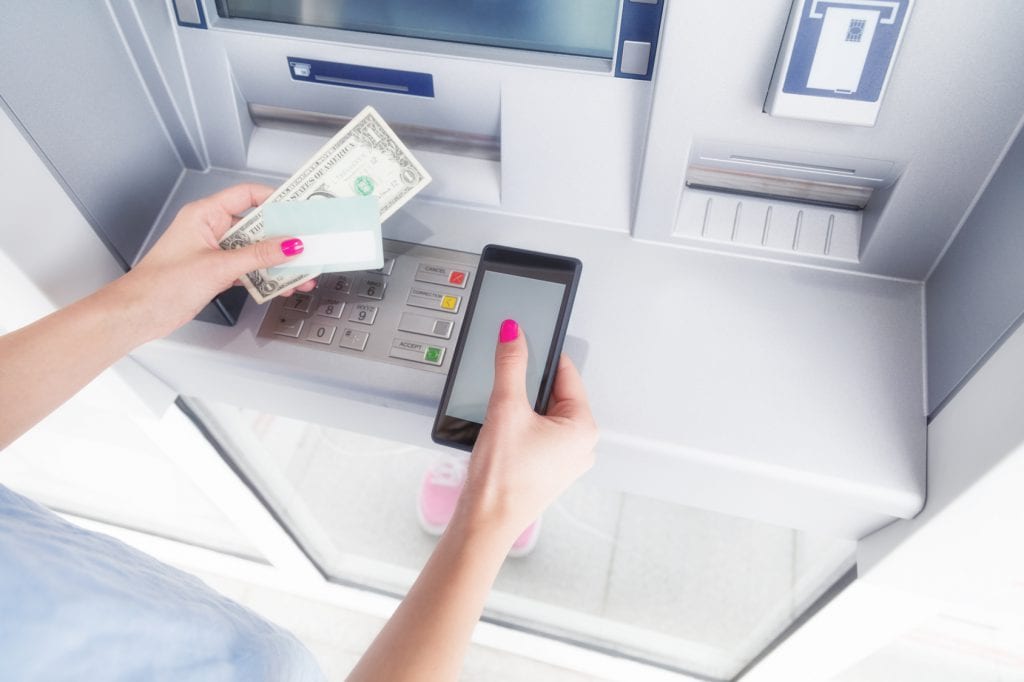ATMs are a vital part of the c-store experience. They provide customers with quick and easy access to cash, which is essential for making purchases. They also help to cut down on lineups, which can be a major inconvenience for store employees and customers alike. In addition, ATMs help to promote safety by reducing the amount of cash on hand. By having an ATM on site, c-stores can provide their customers with a convenient and safe way to get the cash they need.
If they don’t have it—you don’t need it. That would be how C-stores are becoming the hub of commerce for drivers and foot traffic alike. The ubiquitous stores carry just about everything, and as the following article explains, ATMs have become a key part of their business strategy.
Team Oil Travel Center’s ATM is one of the Spring Valley, Wis. Store’s best profit margin items per square foot. This wasn’t the case back in 2005, when the c-store’s ATM was contracted out.
“We realized we weren’t making any money on it, so we decided to buy it,” said Tony Huppert, Team Oil CEO. “Ever since then, it has been a magnet to bring people into the store.” Although the retailer is responsible for keeping it stocked and serviced, the unit has proved its worth, despite the extra time and effort in monitoring.
With 60 c-store locations blanketing the Mississippi Delta, Double Quick Inc. found that it was easier to contract out its ATMs rather than operate and service the machines in-house. “We owned our own for a long time,” said Howard Hyche, vice president of information technology for Double Quick. “About a year and a half ago, we brought in PAI (Payment Alliant International), which owns and manages our units. We have very high ATM volumes, so now we don’t have to load them or deal with the stress of keeping large sums of cash on hand.” As part of the deal, Double Quick shares revenue with Louisville, Ky.-based PAI.
While ATMs are often thought of as providing money for customers and extra income for retailers, modern functions being built into ATMs means the future of technology promises to entice even more patrons into c-stores, where additional sales are just around the corner.
Houston-based Cardtronics Inc. deploys and operates ATM terminals under two arrangements with its retail partners. The first is the turnkey arrangement, in which the company handles ATM placement and management. Cardtronics is responsible for all aspects of the ATM’s operation, including ownership, transactions, cash management, supplies and maintenance. In this case, the company and client share in the ATM revenue. Its other service is tailored to merchants that prefer to own the ATM gear. In this arrangement, typically more popular with single-store owners and small chains, the merchant ATM owner is usually responsible for providing cash and performing simple maintenance.
Locally operated C-stores have traditionally served the needs of busy, grab-and-go consumers. Now, the industry is consolidating and comprised of large national and regional players. With more investment capital, many C-stores are expanding with larger floor space and a wider selection of fresh food items and financial products. Mobile apps are also becoming available to customers for payments, loyalty programs, and marketing offers. It’s not surprising that C-store operators will seize the revenue opportunities derived from their ATMs and the traffic that they attract.
Overview by Raymond Pucci, Associate Director, Research Services at Mercator Advisory Group
Read the full story here
